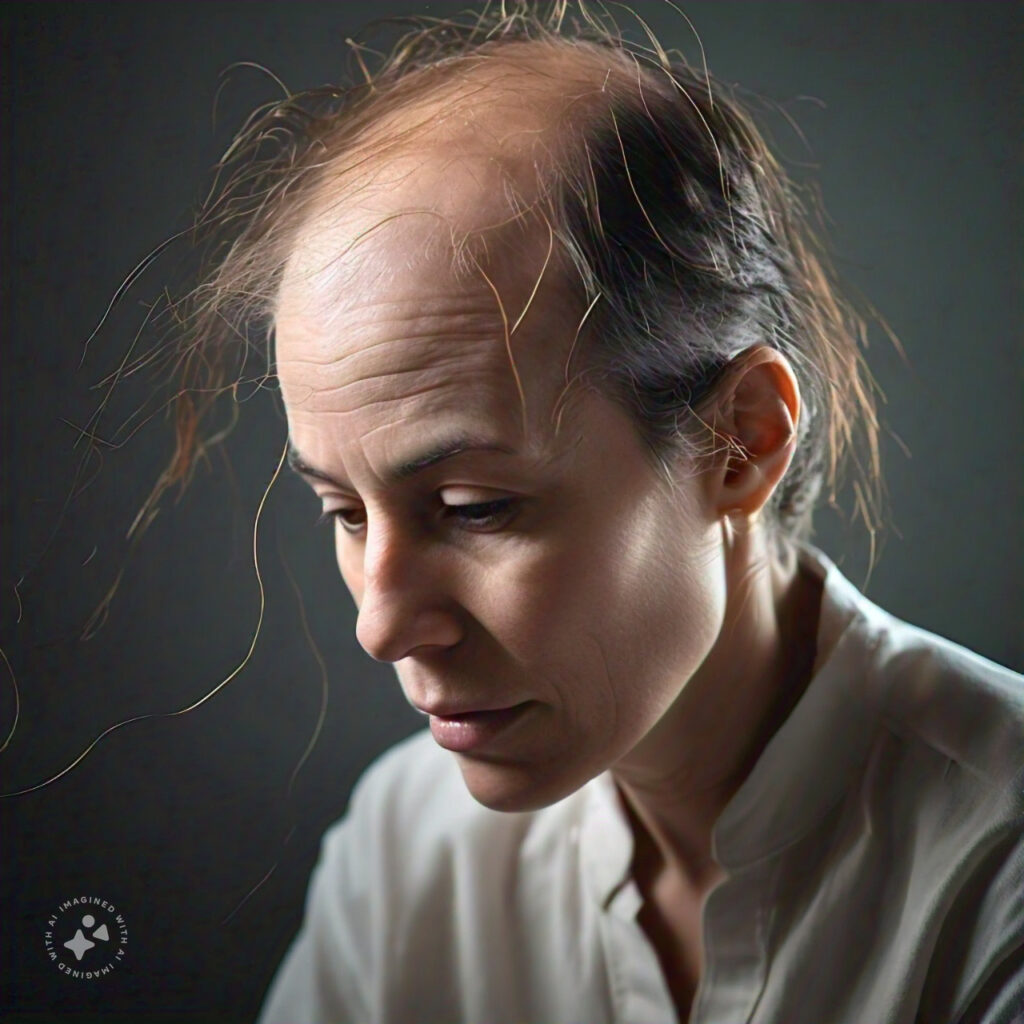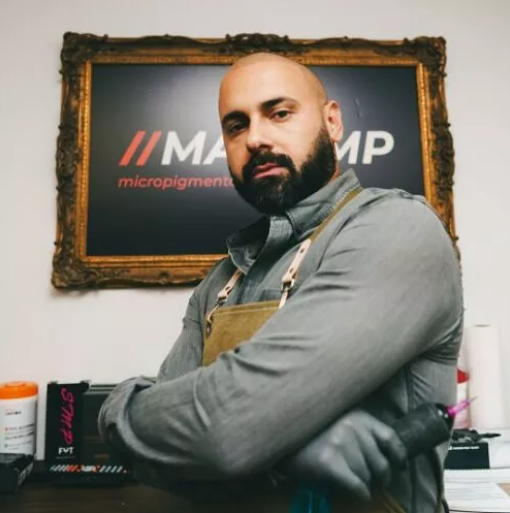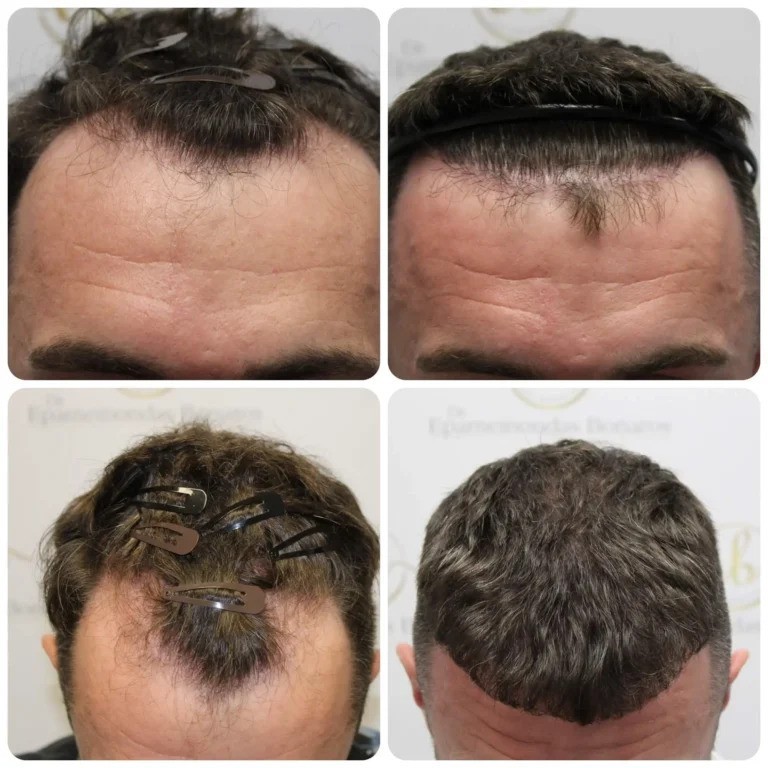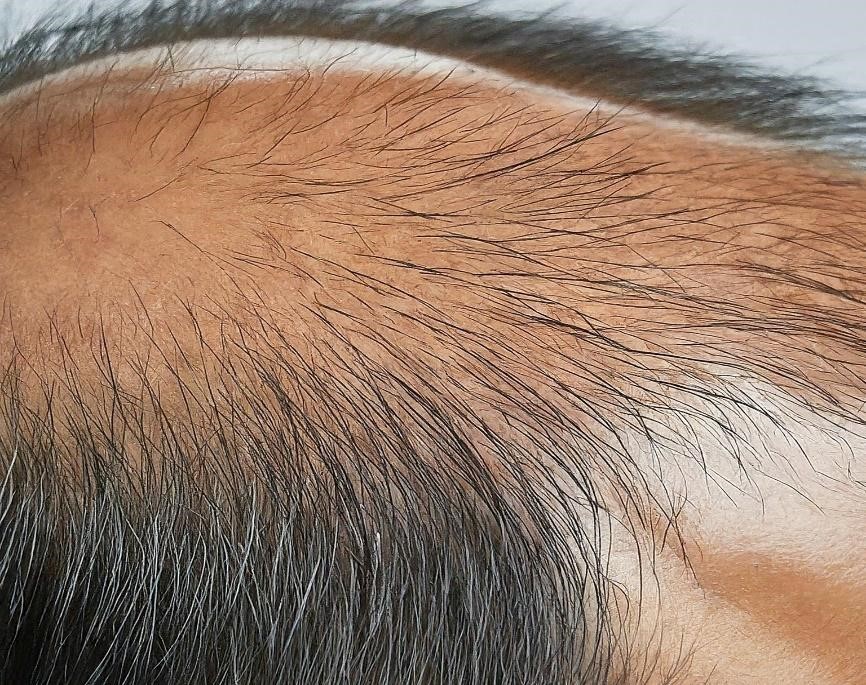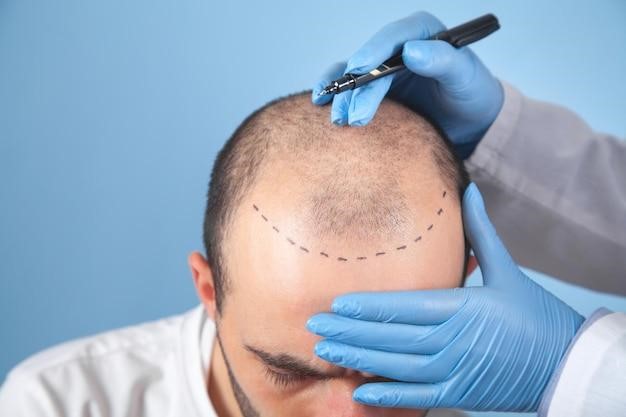Hair is often considered a vital part of one’s identity, making a thinning hairline a significant concern for many. A receding hairline can be distressing, affecting self-esteem and confidence.
While it’s a common issue, especially among men, it doesn’t mean you must accept it without a fight. Fortunately, numerous ways exist to address this condition, from understanding its causes to exploring effective treatments.
This blog post will guide you through the critical aspects of managing and treating a receding hairline, offering insights into home remedies, medical treatments, and when to seek professional advice.
Key Takeaway
A thinning hairline is a common issue resulting from various factors, including age, hormones, health conditions, and lifestyle choices. Identifying the cause of your hair loss is the first step in addressing it effectively.
Home and medical remedies are available to manage and treat a receding hairline. Early intervention can make a significant difference, so don’t hesitate to consult a healthcare professional if you notice significant changes in your hairline.
What is a Thinning Hairline?
A thinning hairline refers to the gradual loss of hair at the forefront of the scalp, typically beginning at the temples. It’s a common sign of pattern hair loss, which affects both men and women, although it tends to present differently.
Here’s a breakdown of thinning hairlines:
- Men: Male pattern hair loss, also known as androgenetic alopecia, is the most common cause of a receding hairline in men. It’s influenced by genetics and hormones, causing a gradual receding hairline that often forms an “M” shape over time.
- Women: Women are more likely to experience overall hair thinning rather than a receding hairline. However, hormonal changes like menopause can contribute to a receding hairline in some women. There’s also a specific condition called frontal fibrosing alopecia that causes a receding hairline in women.
It’s important to note that a thinning hairline isn’t the only cause of hair loss. Other factors like stress, medical conditions, and certain medications can also contribute to hair loss.
What are the causes of a Thinning Hairline?
A receding hairline can result from several factors, both genetically, and through health conditions. Some of the most common cause of this problem includes;
I. Age
Hair growth naturally slows down as we age, and hair follicles shrink, producing thinner hair. This period is a normal part of the aging process and is one of the most common causes of a receding hairline.
II. Hormones
Hormonal changes, particularly an increase in dihydrotestosterone (DHT), can lead to hair loss. DHT affects the hair follicles, causing them to shrink and eventually stop producing hair. This is especially prevalent in men and is known as male pattern baldness.
III. Health Conditions
Certain health conditions, such as thyroid disorders, autoimmune diseases, and scalp infections, can contribute to hair loss. Additionally, illnesses that cause high fever or significant stress on the body can lead to temporary hair thinning.
IV. Scalp Pulling
Frequent hairstyles that pull on the hair, such as tight ponytails, braids, or buns, can cause hair loss known as traction alopecia. These hairstyles can lead to a permanent receding hairline over time if not addressed.
What are the symptoms of Receding Hairline?
A receding hairline typically begins at the temples and gradually moves backward, creating an M-shaped pattern in men. In women, hair thinning usually starts at the part line and spreads across the top of the head. Other symptoms may include a widening part, a thinning ponytail, or an overall decrease in hair volume.

Image Credit: Pexels
When Should I See a Doctor?
If you notice rapid hair loss, bald patches, or any signs of infection, such as redness, swelling, or itching on your scalp, it’s time to see a doctor. Early intervention can help identify underlying health issues and provide effective treatment options to prevent further hair loss.
How To Address a Thinning Hairline (Home Remedies)
Over the years, there have been many emerging technologies and proposed remedies to fight hair loss and pattern baldness. These techniques have included both home and medical methods. So, let’s look at some of these solutions to address hair loss;
● Herbs
Certain herbs have been traditionally used to promote hair growth and reduce hair loss. Saw palmetto, for example, is believed to inhibit DHT production. Ginseng and rosemary are other popular choices that may improve scalp health and stimulate hair growth.
● Hairstyle
Choosing the right hairstyle can significantly affect the appearance of your hairline. Opt for styles that add volume and texture, such as layered cuts or styles that allow hair to fall naturally over thinning areas. Avoid tight hairstyles that pull on the hair.
● Balanced Diet
A nutritious diet rich in vitamins and minerals is crucial for healthy hair. Ensure you’re getting enough protein, iron, zinc, and vitamins A, C, D, and E. Foods like eggs, nuts, spinach, and fish are excellent choices for hair health.
● Essential Oils
Essential oils like lavender, rosemary, and peppermint may promote hair growth. Mix a few drops with a carrier oil, such as coconut or jojoba oil, and massage it into your scalp. Regular scalp massages with these oils can improve blood circulation and nourish hair follicles.
● Scalp Massage
Massaging the scalp can increase blood flow to the hair follicles, promoting healthier hair growth. Use gentle, circular motions with your fingertips for a few minutes daily. Incorporating essential oils into your massage routine can enhance the effects.

Image Credit: Pexels
How To Address a Thinning Hairline (Medical Remedies)
▪ Hair Transplant
A hair transplant involves moving hair follicles from dense scalp to thinning or balding areas. This surgical procedure can permanently solve hair loss and produce natural-looking results.
▪ Scalp Micropigmentation
Mac SMP is one of the best scalp micropigmentation centers in New York, and people with receding hairlines can explore this non-surgical method. Patients with Alopecia can also find some of the best hairstylists with Mac SMP’s services.
Frequently Asked Questions and Answers
1. Can stress cause a receding hairline?
Numerous research has shown that significant stress can lead to hair loss, a condition known as telogen effluvium. Managing stress through relaxation techniques and a healthy lifestyle can help mitigate this effect.
2. Is it possible to regrow a receding hairline naturally?
While complete regrowth may not be possible for everyone, natural remedies like a balanced diet, scalp massages, and essential oils can support hair health and promote some regrowth.
3. How long does it take to see results from hair loss treatments?
It varies depending on the treatment. Topical treatments like minoxidil may take several months to show results, while hair transplants can provide noticeable changes within a few months.
4. Are there any side effects of using medical treatments for hair loss?
Yes, treatments like minoxidil and finasteride can have side effects. Minoxidil may cause scalp irritation, while finasteride can affect sexual function. It’s important to discuss potential side effects with your doctor.
5. Can a poor diet cause hair loss?
A diet lacking essential nutrients can contribute to hair thinning and loss. Ensuring a balanced diet rich in vitamins and minerals is crucial for maintaining healthy hair.
Wrapping Up
A thinning hairline can be challenging, but it’s important to remember that there are numerous ways to address it. By understanding the causes and symptoms, you can take proactive steps to manage and treat hair loss effectively.
Whether you choose home remedies or medical treatments, early intervention and a holistic approach can make a significant difference in maintaining a healthy hairline. If you’re concerned about your hair loss, don’t hesitate to consult a healthcare professional for personalized advice and treatment options.
Mac SMP is a great option for you. Book a session here to get started.
Enjoy This Article? You May Also Like:
- Micropigmentation Of The Scalp: What You Need To Know Before Getting It Done
- Discover The Best Scalp Micropigmentation In White Plains –Mac SMP
- Confused About Hair Loss Patches On The Head? We Explain The Causes And Treatment Options
- Scalp Micropigmentation Training: From Beginner To Mastery – The Ultimate Guide To Becoming An SMP Technician
- Hair Today, Here Tomorrow: Navigating Alopecia Treatments In NYC
